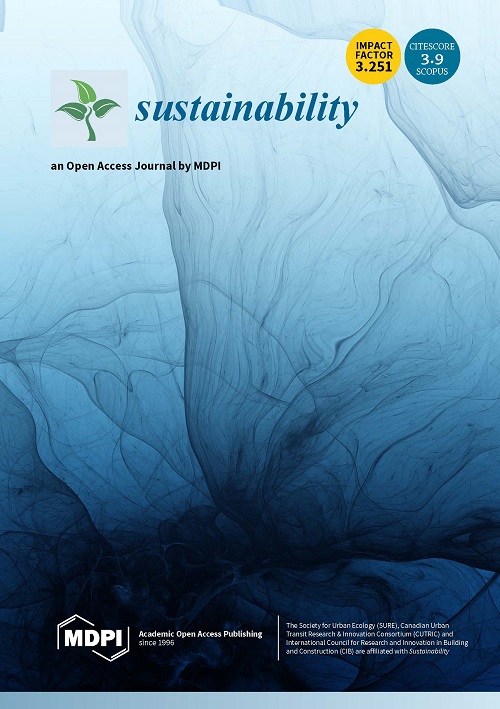Agroforestry has potential to address the adverse effects of climate change through carbon sequestration, increasing biodiversity and improving adaptive capacity and resilience among smallholder farmers. However, this potential is context specific and insufficiently quantified in smallholder faming systems, partly because of inherent variability of smallholder farms. Our study aimed to determine the tree/shrub diversity and carbon stocks in different agroforestry systems within smallholder farms in two 100 km2 sites, the so-called lower and middle Nyando sites, in western Kenya. In both, context-specific agroforestry adoption had been promoted among households of four community associations through an asset-based community development (ABCD) approach. Their farms were assessed and compared with those of relevant comparison samples. Trees and shrubs were inventoried on a total of 106 farms, and their formations classified in five major agroforestry practices: hedgerows, multipurpose trees on farm (MPT), riparian buffers, woodlots, and boundary planting. To assess above-ground biomass (AGB) of individual trees/shrubs, diameter at breast height measurements were taken. Strong regional differences were considered in data analysis and presentation. Altogether, 3,353 and 6,346 trees/shrubs were inventoried in the lower and middle Nyando sites, respectively. AGB was significantly higher in middle than in lower Nyando. Woodlots had the highest amount of AGB carbon stock, while MPT had the highest diversity of tree/shrub species in all the groups. Conversely, boundary planting had the highest number of trees/shrubs inventoried and hence was the most common agroforestry practice across all the samples in both regions. Dominant AGB contributor species were Grevillea robusta (37.8%) in middle, and Eurphobia tirucalli (16.5%) in lower Nyando. This study provides empirical evidence that asset-based and community-driven selection and implementation of both tree/shrub species and agroforestry practices can contribute positively to species and practice diversity, which are associated with AGB carbon stock levels and wider agro-ecosystem diversity. This study hence provides benchmark information that is relevant for SDG goal 15 on “life on land,” and various specific targets, and can inform sustainable establishment of carbon sink facilities by supporting smallholders to uptake contextually suitable and economically sensible agroforestry practices in an overall effort to foster and support sustainable development.
DOI:
https://doi.org/10.3389/ffgc.2021.773170
Altmetric score:
Dimensions Citation Count:
























